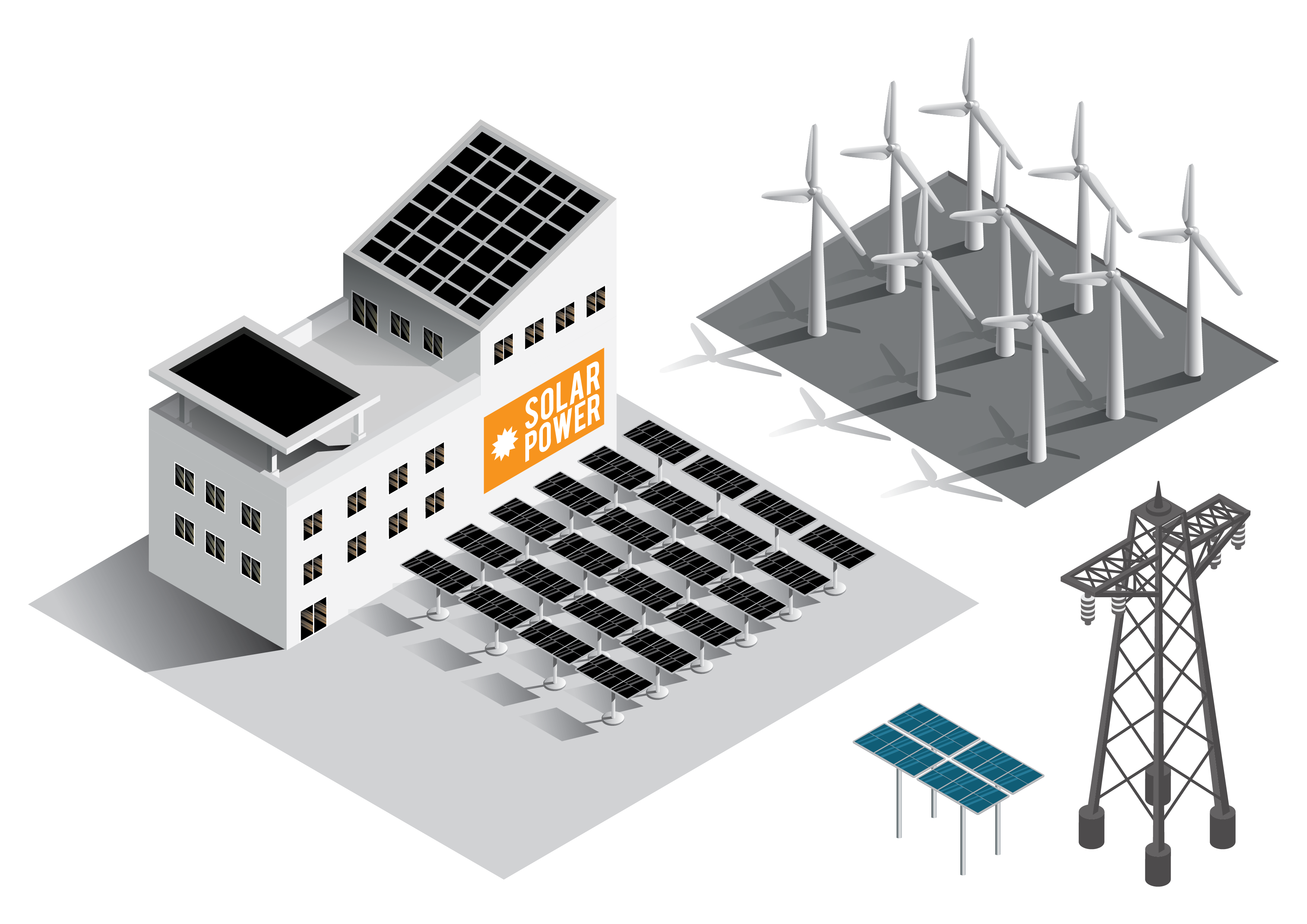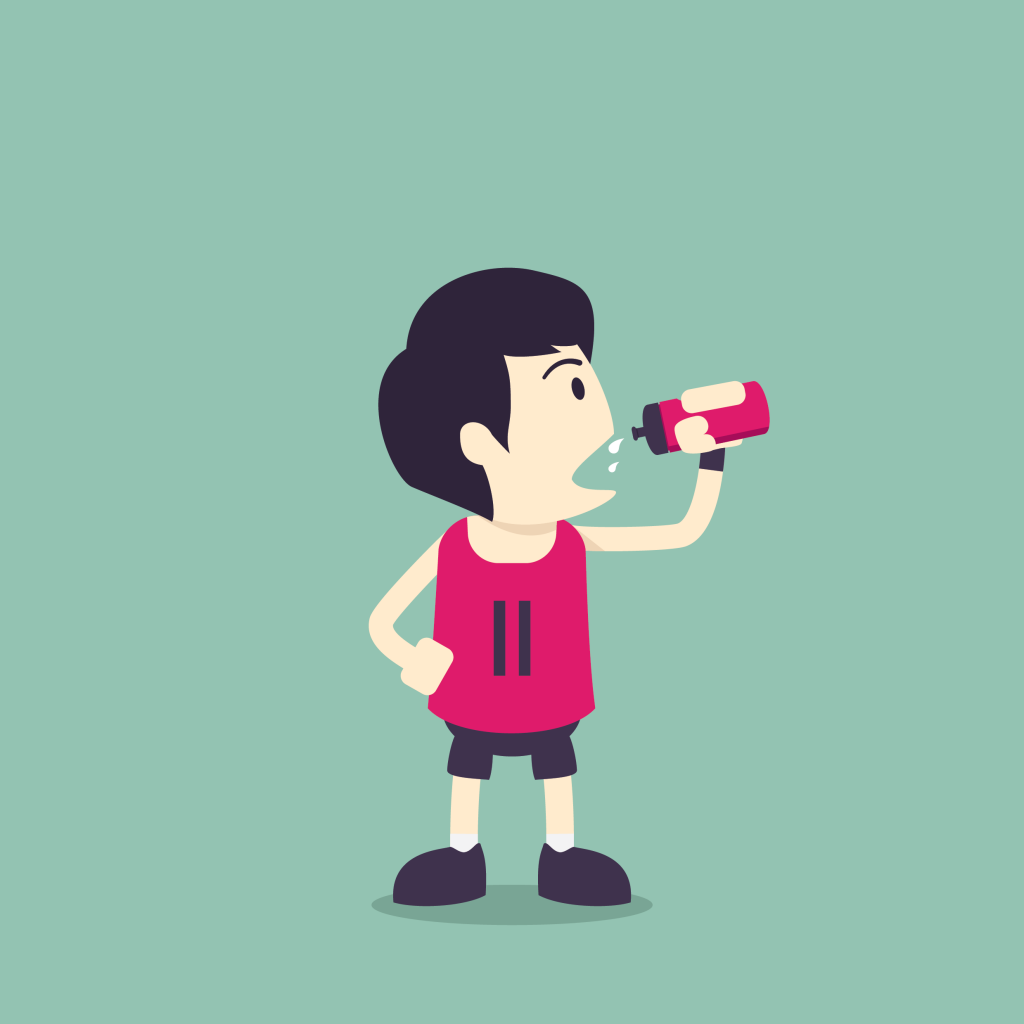Kinetic Energy Facts
Whenever something or someone is in motion, it has kinetic energy. When water or wind is moving it has kinetic energy, and people have used wind and water to produce electricity.
So these days we have wind and hydro power we can use in all sorts of ways.
We use electricity from the kinetic energy of wind and water to turn turbines which produce power to run our factories, our machines, our homes and all the electric appliances in our homes.
Without it, we would be living the way our great-great-grandparents did when they cooked on wood stoves, and packed water from the streams.
Where does kinetic energy come from?
All kinetic energy begins as potential energy. Objects not moving or chemicals waiting to be combined take the form of potential energy. Chemicals produce kinetic energy when they are combined.
Have you ever seen a bottle of vinegar and a box of baking soda sitting on the cupboard? These two chemicals have potential energy; when they are combined, they fizz and cause a disturbance; this is kinetic energy.
A parked car with the motor turned off is an example of potential energy.
If the ignition is turned on, a spark is created to ignite the gas in the engine and now you have kinetic energy created by the explosion in the engine cylinders.
Another example of potential energy transforming to kinetic energy is a hot air balloon. While it is sitting on the ground with air sitting inside it, the air has potential energy.
When that air is heated, it begins to move and expand and causes the balloon to rise. Now the air and the balloon are using kinetic energy.
So, an object that is moving or changing in some way has kinetic energy. It doesn’t matter how it is moving or changing. It can be vertically, horizontally, across a distance, in circles, or changing form.
Vertical kinetic energy:
This is a rocket going up in space, a waterfall falling from a height, throwing a ball up in the air, jumping a skipping rope, bouncing a ball up and down.
Horizontal kinetic energy:
Running on a track, shooting an arrow to a target, a pitcher throwing the baseball to the batter, the batter hitting the ball into the field.
Distance kinetic energy:
A car or a bike travelling from point A to point B, the wind blowing leaves across the lawn, a lawnmower travelling over the lawn, you pushing the lawnmower.
Circular kinetic energy – the wheels of the car or bike travelling forward, egg beaters whipping in circles, a tornado with wind travelling in circles.
Some of the examples of kinetic energy that you can think of will actually be examples of a combination of different kinetic energies.
For example, the tornado is horizontal, distance, and circular kinetic energy. Can you think of more examples of combination kinetic energy?
Kinetic Energy Quiz!
Questions:
It what way do we use wind or water kinetic energy.
- What kind of kinetic energy does a tornado have?
- What’s the difference between potential and kinetic energy?
- Give one example of kinetic energy changing something.
- How does an explosion have kinetic energy?
Answers:
- We use wind or water to turn turbines to create electricity.
- A tornado has vertical, horizontal, distance and circular kinetic energy.
- An object that does not move has potential energy and once it moves, it has kinetic energy.
- Wind blowing a leaf across the lawn makes the leaf travel and changes its position.
- The kinetic energy of an explosion can change how something looks or destroy it completely.







